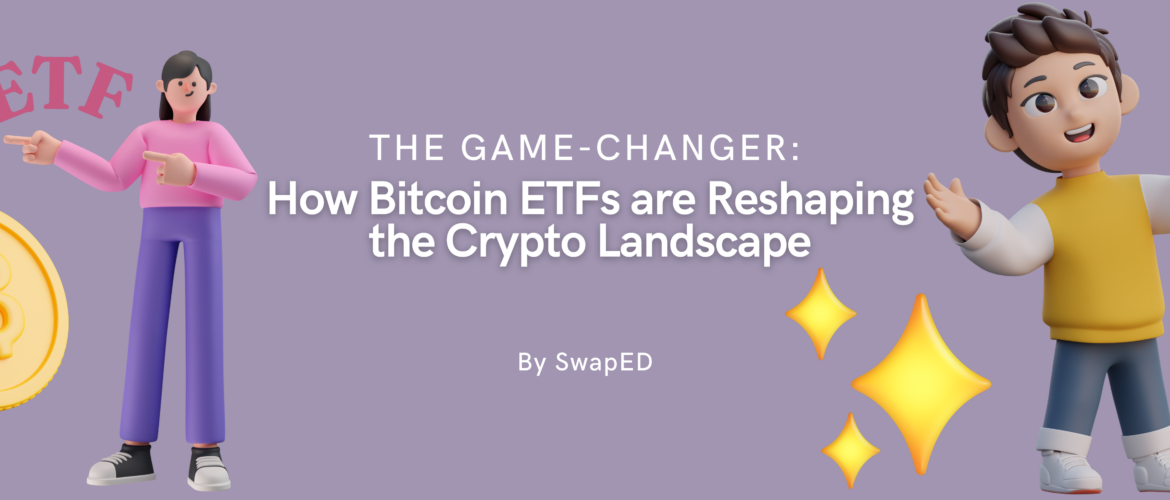
Blockchain is often associated with Bitcoin or cryptocurrency, but its real power lies far beyond digital coins. It is the foundational technology behind decentralized finance, secure digital identities, transparent supply chains, and much more. What gives blockchain its versatility and strength is its layered architecture-a structured design that separates responsibilities into distinct functional layers.
Think of it like building a house. You start with a strong foundation, then add the structure, utilities, and furnishings. Blockchain works the same way. Each layer builds on the one beneath it to provide scalability, security, usability, and innovation. Understanding these layers is crucial for anyone who wants to truly grasp how blockchain systems operate and how they’re evolving.
Layer 0 – The Infrastructure Layer
Layer 0 is the hidden groundwork that enables blockchains to exist and communicate. It provides the networking, interoperability, and consensus infrastructure that allows multiple blockchains to connect and share data securely. This layer ensures that blockchain networks, which were once isolated and unable to interact, can now communicate across systems.
Technologiesy like Polkadot and Cosmos are the most prominent examples of Layer 0 platforms. Polkadot uses a central Relay Chain to link smaller individual blockchains known as parachains. Each parachain can have its own rules, but all of them connect back to the Relay Chain to transfer data or tokens. Cosmos uses a similar model but relies on the Tendermint consensus engine and Inter-Blockchain Communication protocol to enable cross-chain functionality.
Layer 0 matters because it breaks down the silos that once separated blockchains. It enables developers to build custom blockchain networks that remain connected to the larger ecosystem, encouraging both flexibility and scalability.
Layer 1 – The Base Blockchain Layer
Layer 1 is what most people think of when they hear the word “blockchain.” It is the base layer where the core blockchain network runs. This includes the consensus mechanism (such as Proof of Work or Proof of Stake), native cryptocurrency (like BTC or ETH), and the rules for validating and recording transactions.
Examples of Layer 1 blockchains include Bitcoin, Ethereum, Solana, and Cardano. Bitcoin is focused on secure, peer-to-peer financial transactions. Ethereum expanded the possibilities by enabling smart contracts and decentralized applications. Solana emphasizes transaction speed and low fees, while Cardano is known for its research-driven approach to building a secure and scalable blockchain.
Layer 1 is essential because it establishes trust. It records every transaction, secures the network using cryptographic methods, and provides the base upon which higher-level functions are built. However, Layer 1 networks often face limitations such as congestion, high transaction fees, and limited interoperability.
Layer 2 – The Scaling Layer
As blockchain usage grows, Layer 1 networks can become overloaded. That’s where Layer 2 comes in. It is designed to operate on top of Layer 1 and helps scale the blockchain system by improving speed, lowering transaction costs, and reducing congestion.
Instead of processing every transaction on the main blockchain, Layer 2 solutions process them off-chain or in bundles and later post summarized results back to the Layer 1 chain. This reduces the strain on the base network while maintaining security and transparency.
There are several types of Layer 2 solutions. State channels, such as the Lightning Network for Bitcoin, allow two parties to exchange multiple transactions privately and only record the final result on the blockchain. Rollups group many transactions into a single batch, increasing speed and lowering fees. Plasma and Validium offer additional scaling strategies by running smaller chains or moving data off-chain entirely while maintaining cryptographic verification.
Layer 2 is vital to making blockchain usable for everyday applications. Whether it’s fast payments, high-frequency trading, or gaming, Layer 2 provides the performance improvements needed for mainstream adoption.
Layer 3 – The Application Layer
At the top of the stack is Layer 3-the part users actually interact with. This is where decentralized applications (dApps) are built and experienced. It includes platforms for decentralized finance (DeFi), marketplaces for non-fungible tokens (NFTs), identity management tools, and interoperability protocols that enable communication between different networks.
For example, Uniswap is a DeFi platform that allows users to swap tokens directly without a middleman. OpenSea is a popular NFT marketplace that lets users buy, sell, and create digital art. These applications sit on top of Layer 1 and 2 infrastructure but provide smooth, intuitive user experiences through their interfaces.
Layer 3 is also where oracles and APIs come into play—services that feed external data (like prices, weather, or news) into smart contracts so they can respond to real-world events. This is how blockchain interacts with the outside world, closing the loop between code and context.
What makes Layer 3 special is that it brings blockchain technology to life for users. It hides the complexity of the underlying layers and offers functionality in a simple, accessible way. It is also the layer where innovation happens fastest, as developers experiment with new business models and user experiences.
Why a Layered Approach Matters
Each layer of blockchain architecture plays a specific role, and together, they create a complete system. Layer 0 enables blockchains to connect. Layer 1 ensures consensus and security. Layer 2 makes blockchain faster and more affordable. Layer 3 makes it usable, interactive, and scalable for millions of people.
This layered design allows developers to innovate on one level without disrupting the entire system. It also promotes modular growth, meaning each layer can evolve independently, adapting to future needs and technologies such as artificial intelligence, the Internet of Things, or even quantum computing.
Final Thoughts
Blockchain technology is no longer just about cryptocurrencies. It is becoming the infrastructure for a new digital economy. Understanding the layers of blockchain is key to understanding how this transformation is happening-and where it's headed next. At SwapED, we believe in breaking down complexity and making emerging technologies accessible to everyone. If you found this overview useful, stay tuned for more beginner-friendly insights and consider exploring our course on blockchain architecture for a deeper dive.
SwapED
Categories
Recent posts


Revolutionizing Governance: The Rise of ...
8 Oct 2024
The Game-Changer: How Bitcoin ETFs are ...
8 Oct 2024
Navigating the Web3 Wave: A Beginner’s ...
8 Oct 2024
Unleashing the Power of Smart Contracts: ...
28 Aug 2024🚀 Get 20% OFF Your Subscription!

Join SwapED today and save 20% on all plans. Use Code SWAPED20 at checkout.



